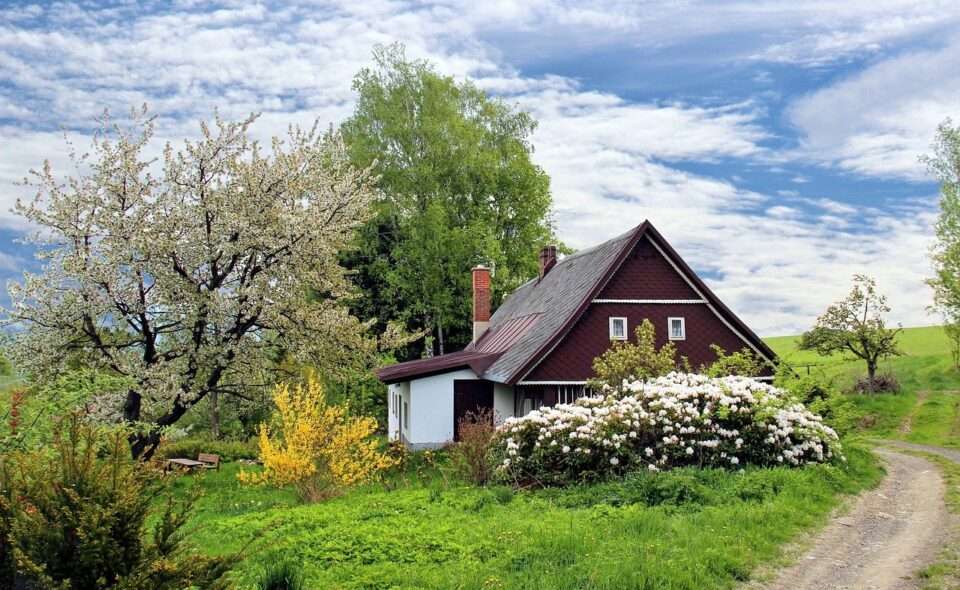Starting a garden can be a fun and rewarding experience, but it can also be a lot of work. If you’re new to gardening, it’s important to know the essential steps for getting your garden off the ground. There are lots of decisions to make and plenty of things to get in order before beginning your growing journey. Here are the most important steps to take before starting your garden:
Pick a Location
The first step in starting a garden is to pick a good location. You’ll want to choose a spot that gets plenty of sunlight and has good drainage. If you’re not sure where to start, ask someone at your local nursery for advice.
Front lawn terrain can be much different than backyard terrain. If you’re working around a lot of rocky earth or area filled with roots, you should consider building raised beds. Not only does this make gardening easier on your body, but it can also help with drainage and soil quality.
Design Your Garden
Once you’ve picked a location, it’s time to design your garden. This involves deciding what kind of plants you want to grow and how you want to lay out your plot. Be sure to take into account the size of your garden and the amount of sunlight it receives. You can also use online tools like this one from The Old Farmer’s Almanac to help you get started.
Get Supplies
Before you can start planting, you’ll need to get some supplies. This includes things like soil, plants, and fertilizer. It’s a good idea to do some research on the best type of soil and plants for your area before making any purchases. You may also want to invest in some gardening tools like a shovel, rake, and hoe.
Prepare the Soil
Once you have your supplies, it’s time to prepare the soil. This involves loosening up the dirt and adding in compost or other organic matter to help improve drainage and fertility. Be sure to read the instructions that come with your soil mix so you know how much to add.
Choose Your Plants
Once you’ve chosen the soil you want to use, you should select the plants you want in your garden. You can either buy plants from a nursery or start them with seeds. If you’re starting from scratch, it’s important to pick plants that are suited for your climate and growing conditions.
Plant the Seeds
Now it’s time to plant the seeds! Follow the instructions on the package for spacing and planting depth. Once your seeds are in the ground, be sure to water them regularly.
It’s best to keep a close eye on your plants during their early stages of growth.
Mulch and Weed
Once your plants start growing, you’ll need to mulch and weed your garden regularly. Mulching helps retain moisture in the soil while keeping weeds at bay. You can either use organic or synthetic materials for mulching, but be sure to read up on how to do it properly before getting started.
Weeding is an essential part of gardening, but it can also be a lot of work.
Water and Fertilize
Once your plants are established, you’ll need to water and fertilize them regularly. This helps them grow healthy and strong. There are many different types of fertilizer available, so be sure to choose one that is suited for your plants.
Hire A Professional For Upkeep
If you’re not able to devote the time necessary for regular upkeep, you may want to consider hiring a professional gardener. This can help ensure that your plants receive the care they need and help keep your garden looking its best.
Flower Garden Specifics
When planting a flower garden, you’ll need to take into account the height and spread of the plants. You’ll also want to make sure there is enough room for all the plants to grow. Some flowers may require more or less sunlight than others, so be sure to do your research before planting.
It’s also important to select flowers that will bloom at different times of the year so you can enjoy your garden all year long.
Fruit and Vegetable Garden Specifics
When planting a vegetable or fruit garden, you’ll need to take into account the type of soil you’re working with. Some plants require more nitrogen than others, so you may need to add fertilizer during the growing season.
Fruits and vegetables also need plenty of space for growth. Most vegetables and fruits require at least six hours of sunlight per day, so be sure to choose a spot that gets plenty of sun.
Some vegetables and fruits can cross-pollinate, so it’s important to plant them in separate rows or containers if you want to keep them pure.
Starting a garden can be a lot of work, but it’s definitely worth it in the end. By following these essential steps, you’ll be on your way to having a beautiful and productive garden in no time.

